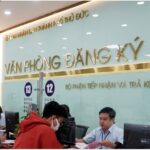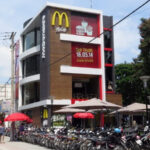Recently, Minister of Construction Nguyen Thanh Nghi chaired the appraisal conference for the Master Plan of Thu Duc City, Ho Chi Minh City by 2040.
According to the explanatory report of the project, the Master Plan of Thu Duc City by 2040 covers the entire administrative boundary of Thu Duc City, with a total natural land area of 21,156.9 hectares. The projected population by 2040 is approximately 2,200,000 people.
The goal of this master plan is to propose development orientations that align with the structure and spatial development orientations of Ho Chi Minh City, the Ho Chi Minh City region, and the Southeast region. It also aims to fulfill the objective of making Thu Duc City one of the key centers for knowledge-based economy, science and technology, and finance in Ho Chi Minh City and the nation.
Additionally, it aims to provide a legal basis for managing and promoting investment in the construction of technical infrastructure, social infrastructure, and various areas within Thu Duc City. This ensures the quality of the urban area according to the standards of a first-class city directly under Ho Chi Minh City.
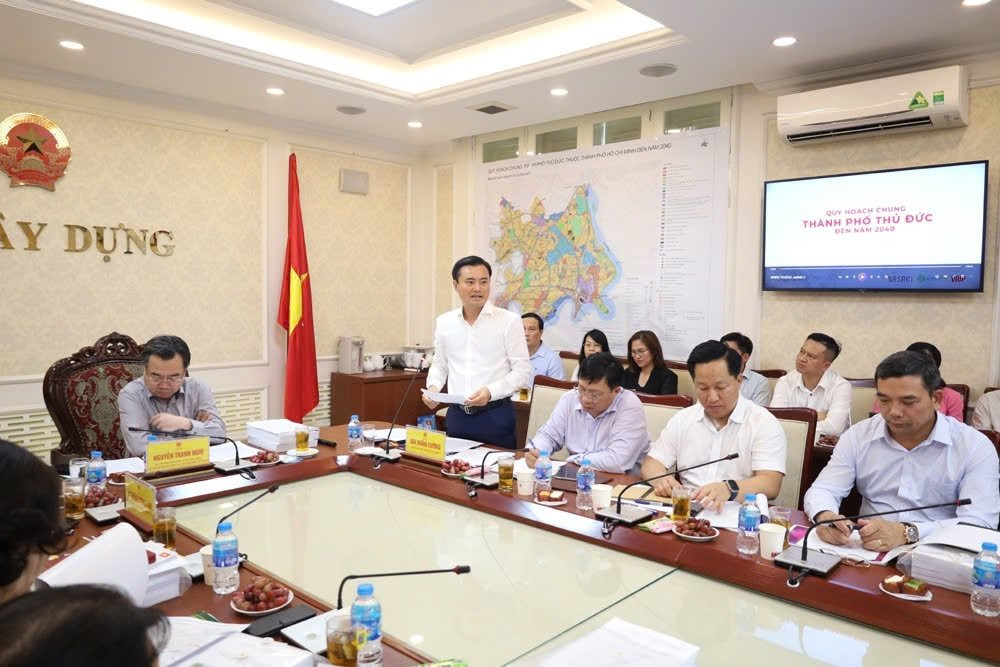
According to the master plan, Thu Duc City is planned with the nature and function of a first-class city directly under Ho Chi Minh City. It will develop following the model of an innovative and highly interactive eastern city of Ho Chi Minh City. It will serve as the eastern center of Ho Chi Minh City for economics, science, technology, culture, and education and training.
Thu Duc City also acts as a connector between the existing central area of Ho Chi Minh City and the Long Thanh International Airport. It connects with key eastern cities and functional areas of the Ho Chi Minh City region, including Bien Hoa, Nhon Trach, Thuan An, Di An, Phu My, and Vung Tau.
Thu Duc City focuses on developing 11 key areas to stimulate the economy, innovation, and renewal. These areas include the Thu Thiem International Financial Center, the Cat Lai – Truong Van Bang area, the Rach Chiec Sports and Entertainment Urban Area, the Truong Tho high-interaction commercial, cultural, and creative area, the Tam Phu urban park area, and the Linh Trung mixed-use area for production, business, services, and training.
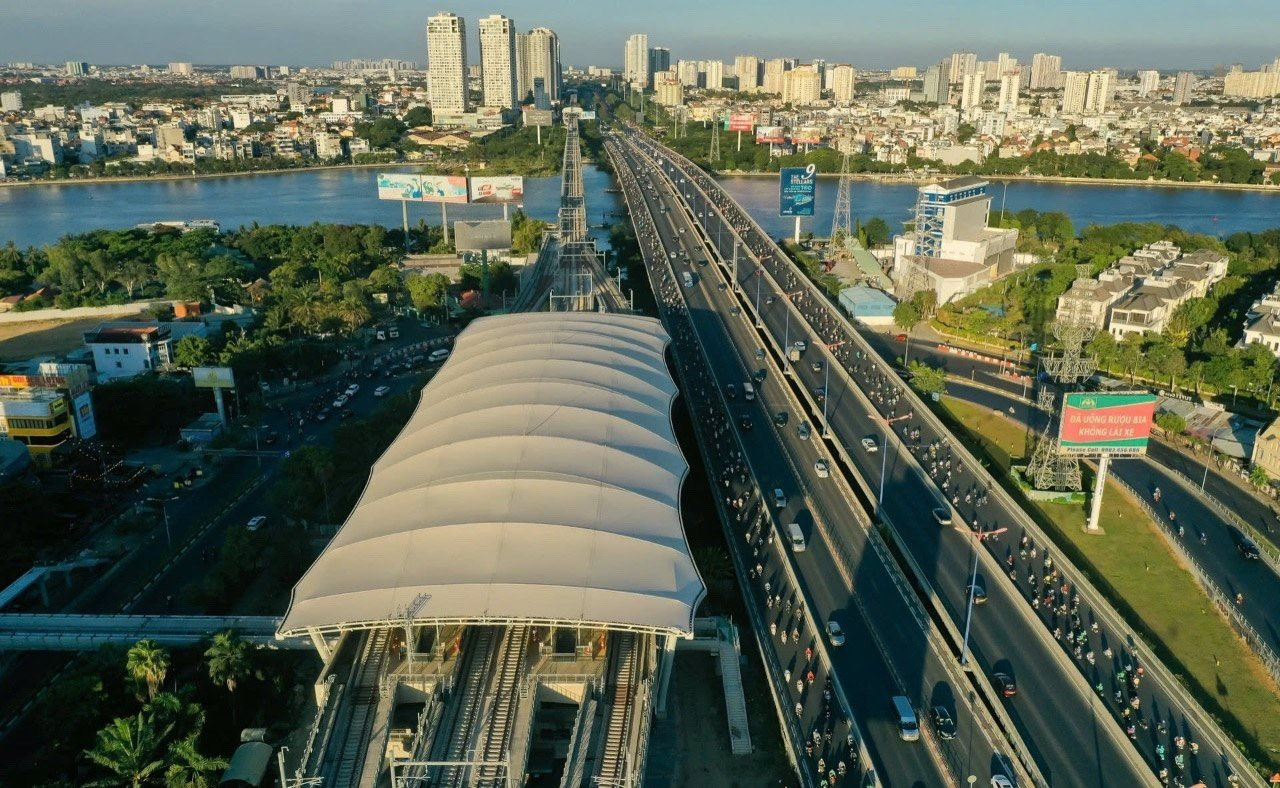
Thu Duc City plays a pivotal role in innovation, developing the digital infrastructure of the city and the Ho Chi Minh City region. Image: Illustration
Against the backdrop of this master plan, Thu Duc City is attracting attention from various perspectives. There has been a growing trend of searching for and purchasing apartments and houses in this area over the past few years. Thu Duc City offers ample room for development and boasts a high level of greenery. It has been observed that young, modern families are making changes in their choices of residence and lifestyle, with an increasing preference for spacious homes, diverse experiences, and good connectivity in Thu Duc City.
According to observations, the demand for real estate in Tam Phu Ward, Thu Duc (former district) is quite positive. In addition to its proximity to the Belt Road 2, for which compensation plans have been made and construction is scheduled to begin in the first quarter of 2025, the planning of Tam Phu Park – one of the six central parks of Ho Chi Minh City included in the project for adjusting the master plan of Ho Chi Minh City to 2040, with a vision to 2060 – has also influenced real estate ownership in the area.
When the park and Belt Road 2 are realized, the concept of the Ho Chi Minh City center being Districts 1 and 3 will become less important to residents. This is because connectivity, amenities, and entertainment will be readily available nearby. This is expected to impact the psychology of real estate ownership and the price levels in the area in the future. Despite these advantages, the supply of primary apartments in Tam Phu Ward, in particular, and Thu Duc City, in general, remains scarce. Currently, the only project in the area is the FIATO Uptown apartment project by Thang Long Real Group, which has entered the market. The project offers nearly 400 apartments with spacious balcony designs, a low construction density of 25%, and a well-connected location within the master plan of Ho Chi Minh City, thus receiving positive market attention.
Minister Nguyen Thanh Nghi stated that Thu Duc City is a new and pioneering model, being the first city directly under a central city, with a role and nature set within the context of Ho Chi Minh City and its neighboring localities. It aligns with the orientation of the Politburo to develop it as an innovative city. Therefore, it is necessary to review and evaluate the planning to overcome existing shortcomings and limitations and to develop its unique characteristics.
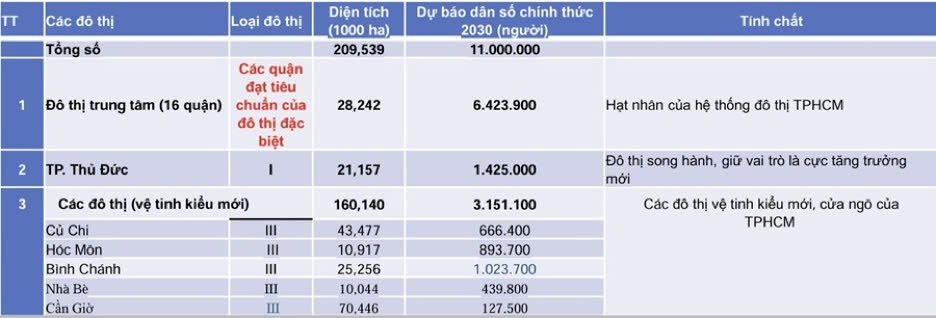
The Minister noted that the consulting unit, Thu Duc City, should continue to research and improve the basis for formulating the Master Plan, ensuring alignment with the National Master Plan, regional plans, and the Master Plan of Ho Chi Minh City. They should focus on reviewing the structure of the explanatory report to ensure consistency with the planning objectives, from drawings to explanations and maps, ensuring a unified and accurate presentation.
Additionally, it is necessary to assess the implementation of the planning, carefully update the data on the current status as per regulations, including natural conditions, population distribution, and the current status of urban quality. It is also crucial to define the urban space structure, the role of connectivity within the city, and its position as a center for Ho Chi Minh City and the neighboring areas in the Southeast region, reflecting its nature as an innovative and highly interactive city.
Regarding the 11 sub-regions, the Minister requested to clarify the principles for managing their development, the feasibility of organizational management, and the land use planning to ensure compliance with national standards and relevant construction standards and norms.
Furthermore, there should be a clearer definition of the buffer zones for water bodies and rivers to preserve the characteristic riverine landscape of the city. Attention should also be given to transportation land use indicators, shaping the administrative, commercial, and public centers, and organizing spaces for gateway areas.
Ho Chi Minh City’s Master Plan Forms 5 Areas with Dynamic Roles
The Central Urban Area (the districts) is a priority area for developing commercial services, financial services, and tourism.
Thu Duc City is a priority area for developing digital services, innovation, financial services, logistics, and high-tech industries.
The Southern Area (District 7 and Nha Be District) is a priority area for developing digital services, innovation, transportation, logistics, high-tech industries, and eco-urban areas.
Can Gio District focuses on developing the marine economy, especially the transshipment port and free trade area, logistics, tourism, eco-marine urban areas, and renewable energy.
Binh Chanh, Hoc Mon, and Cu Chi districts prioritize the development of clean industries, high-tech industries, high-tech agriculture, services, logistics, and eco-urban areas in conjunction with economic development.
“The Golden Arches Bid Farewell: McDonald’s Shuts Down One of its Oldest Outlets in Vietnam”
McDonald’s announced the closure of its iconic Ben Thanh store, one of the first outlets of the brand in Vietnam, effective September 19. This unexpected news has left many customers surprised and saddened, as the store holds a special place in the hearts of locals and tourists alike.
Unlocking the Secrets of Real Estate Investors in Ha Nam Province
The real estate scene in Ha Nam is undergoing a remarkable transformation with the emergence of modern urban areas boasting extravagant investments in amenities. This province is poised to become a premier lifestyle destination, catering to the sophisticated living aspirations of Ha Nam residents and offering an ideal second home option for Hanoi dwellers and those from neighboring provinces.
A Plea for Tax Exemption on Charitable Business Donations
The HoREA has proposed an 18% corporate tax rate for small and medium-sized enterprises with annual revenues between VND 50 billion and VND 300 billion. This suggestion comes alongside their request for tax exemptions on charitable donations.


























